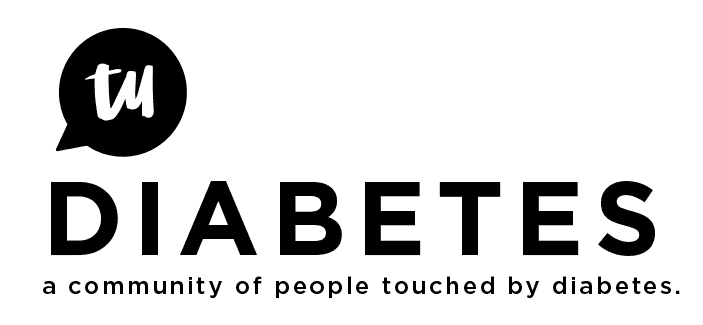JDRF Event 1
On Saturday May 31, I attended a daylong conference offered by JDRF and paid for in part by Eli Lilly. The event was held at the Indianapolis Marriot North. I was very impressed by the quality of the information and the event itself. It was a wonderful day. Here is one highlight of the day with material supplied by the JDRF. But first a note it is important to remember that the JDRF is primarily interested in finding cures, and providing prevention strategies for Type 1 Diabetes. Yes they discuss the disease as ‘Typenone’ (their word), but still they are focused on type 1 almost exclusively.
Carol Oxenreiter, JDRF National Speakers Bureau:
Ms. Oxenreiter, spoke about the research pipeline of JDRF. The following chart is supplied by JDRF and was used by Ms. Oxenreiter in her presentation.
(Juvenile Diabetes Research Fund, 2014)
She broke the pipeline down into research likely to yield results in the near term, midterm and long-term. In the near term the JDRF is focused on promoting research related to development of the Artificial Pancreas, and efforts to reduce complications associated with diabetes. She did not really outline the nature of the complications. But of course they are related to kidney disease, neuropathy and eye health along with other associated diseases. I think the most promising research is that related to the artificial pancreas, chiefly because industry partners are making rapid advances along these lines. While they are calling the Artificial Pancreas a near term possibility Ms. Oxenreiter had to admit that the current solutions are not close to the goal of a truly Artificial Pancreas. Instead it is aimed at prevention of lows instead of a true Artificial Pancreas. She speculated that the near term advances may be realized in the next 5- 10 years. That may or may not be realistic, since implementation will likely be predicated upon commercial applications of scientific advances. Including advances in insulin design.
In the near term the JDRF is focused on development of smarter insulin, including encapsulation (I…slow release once a day insulin) and prevention strategies. My sense is that type 1 prevention is perhaps closer than most of us realize. While at the conference I checked in with the Type 1 TrialNet representatives and they are running at least 3 prevention trials for people who test positive for one of five type 1 antibodies (Type 1 trial net, 2014). I will speak more about the advantages of Trial Net next week. But trust me for now, this is important stuff. You can look in on trial net at https://www.diabetestrialnet.org/. If you have type 1 and have children, grandchildren or if you are under 45 and a parent or grandparent had type 1, please look at the web site and please consider participation in one of the important research opportunities. Also if you test positive consider enrollment in one of three studies which might prevent onset of the disease.
Finally Ms. Oxenreiter, spoke about the long-term research by the JDRF. She categorizes further prevention studies, as part of the JDRF portfolio, but also in the long way distant future. This would include reversal of type 1, a long help goal but she did note it might be 30 years before any of us saw any fruits of this labor.
Ms. Oxenreiter presented one of 4 really great sessions of the day. I will try to write about them all in the future. In the meantime her full (power point) presentation was paid for by Medtronic so it is important to remember that as you look it over. All of here power point slides are attached.
References
JuvenileDiabetes Research Fund. (2014). In p. Continuous Therapeutic Improvements (Ed.). Continuous Therapeutic Improvements,: Jevenuile Diabetes Research Fund,.
Type 1 trial net. (2014). Can Type 1 be Prevented? . In Type 1 trial net (Ed.) https://www.diabetestrialnet.org/
-30-
rick

